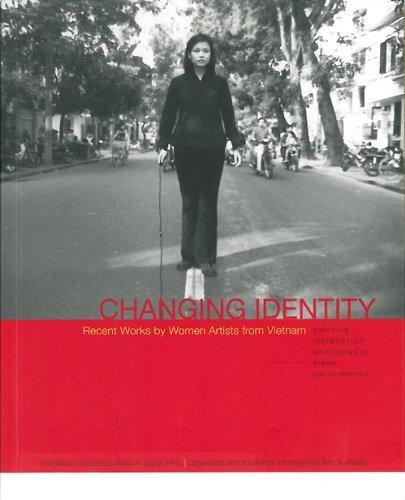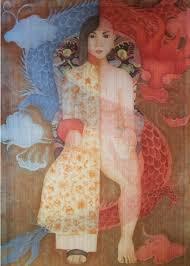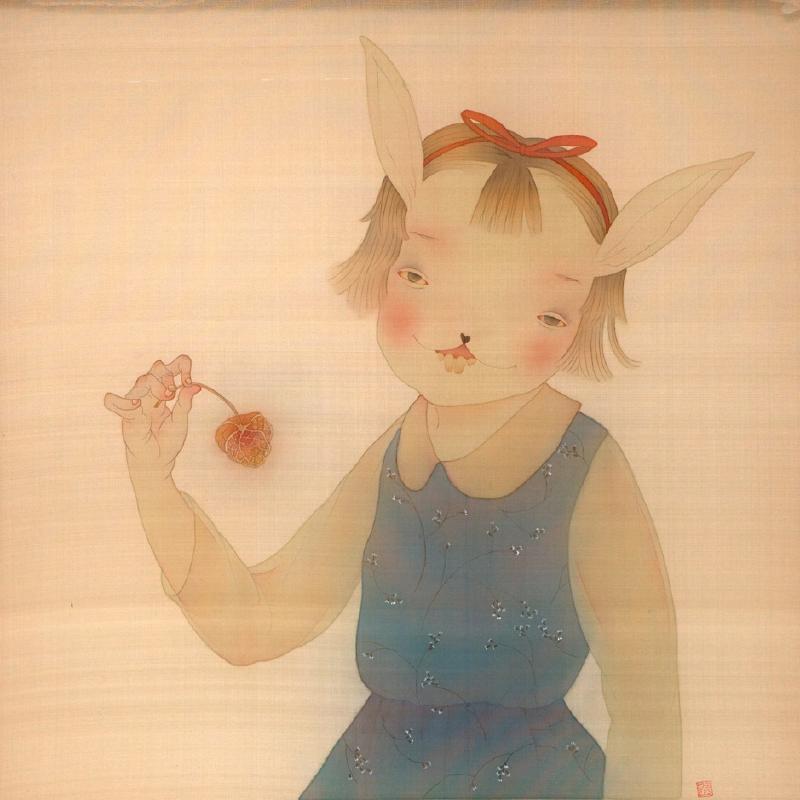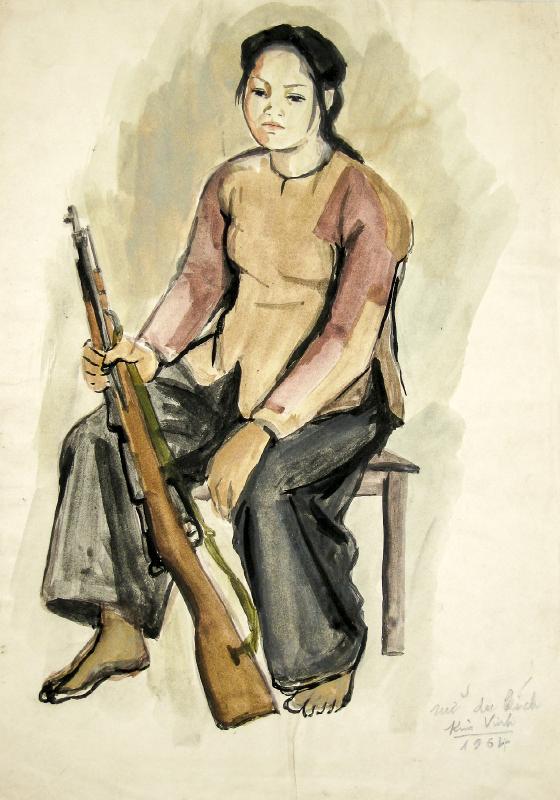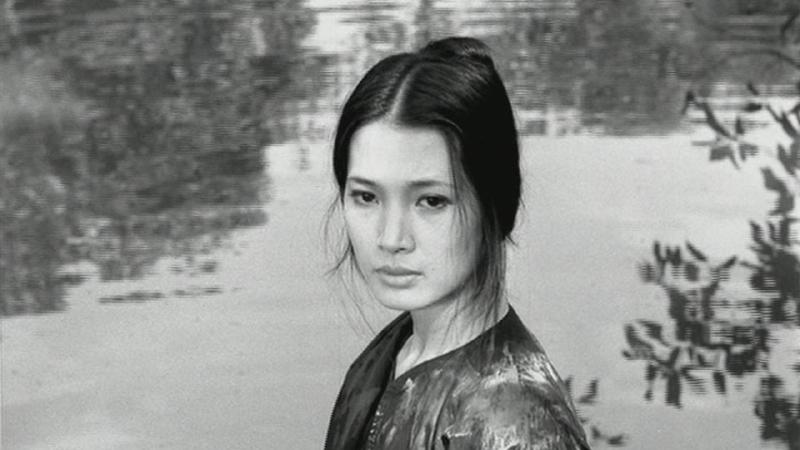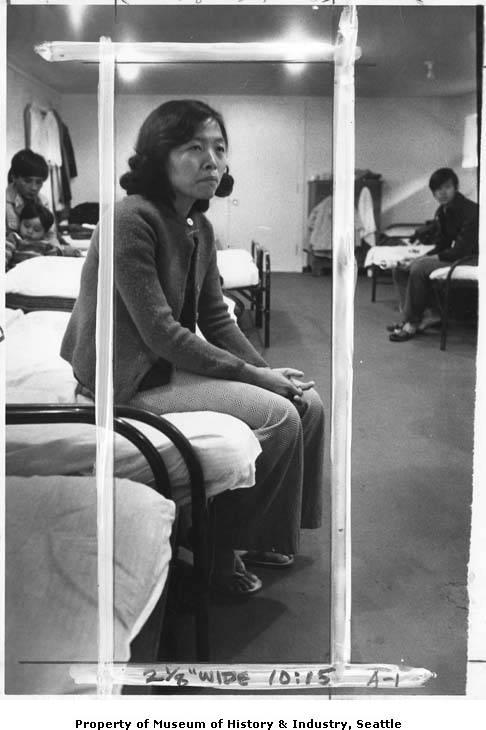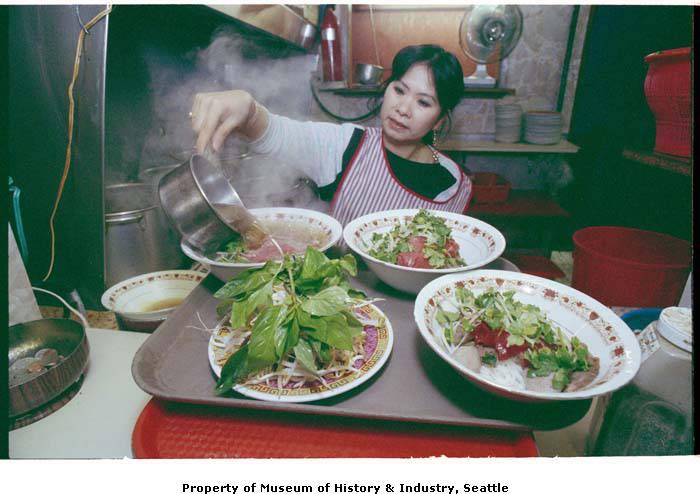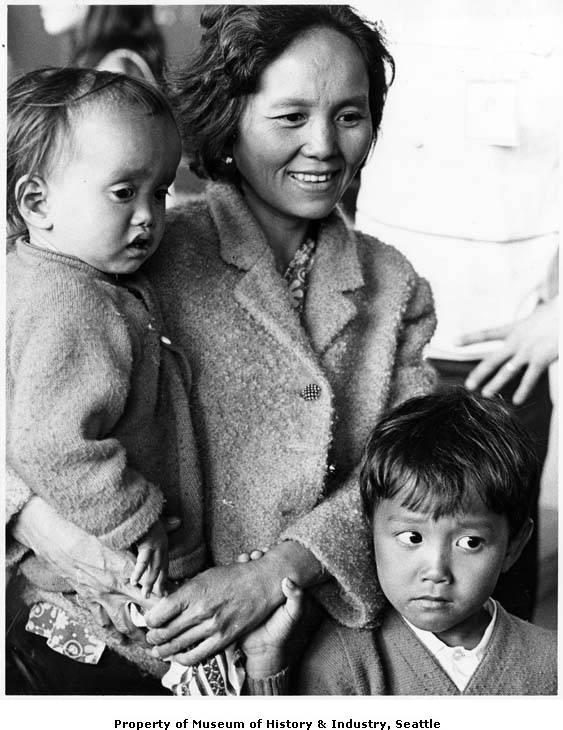Vietnamese Women and Feminism
By Marcella Pham
This exhibit was created from a personal drive to explore Vietnamese women's journey towards empowerment. I recognized the need for a platform shedding light on their challenges, achievements, and aspirations within feminism. Beyond traditional roles, my goal with this exhibit is to present a comprehensive and nuanced understanding of Vietnamese women's contributions. I intend to illuminate the intricacies of their journey and the tenacity with which they have defied social norms and obstacles. I hope that in addition to gaining a deep understanding of their critical role in forming society, visitors will be motivated to advocate for gender equality both within and outside of their own communities.
In her book "Painters in Hanoi: An Ethnography of Vietnamese Art," Nora A. Taylor, Ph.D., an associate professor at Arizona State University's School of Global Studies, sheds light on modern Vietnamese women artists who are defying social norms. The first U.S. tour of Vietnamese women's art is represented by this ground-breaking publication, which was released by the University of Hawaii Press in 2003 and features ten artists who challenge conventional roles. These artists portray Vietnam's changing landscape through a variety of media, offering complex viewpoints on societal shifts and women's status.
Prominent contemporary Vietnamese artist Nguyen Thi Chau Giang uses complex symbolism and emotional nuance to examine feminism. Giang explores the tension between one's happiness, societal expectations, and female identity in her art, with a particular emphasis on the internal conflicts that modern-day women face. Giang powerfully portrays Vietnamese women as "dragon-women," symbolizing both strength and inner turmoil, by utilizing the blue and red Asian dragon motif. By taking back the dragon symbol, which is typically connected to power but is frequently portrayed unfavorably in Western culture, Giang encourages women to find their inner strength and overcome obstacles to improve their families. Her work is a moving representation of the resiliency and female empowerment found in Vietnamese feminism.
Le Hoang Bich Phuong's artwork draws attention with its alluring fusion of Vietnamese silk painting and popular myths. Phuong explores feminism and masculinity, promoting unrestricted exploration of interests and identities by women in every generation. These ideas resound throughout her exhibition, igniting discussions about the pursuit of self-discovery and cultural conventions. Phuong's artwork questions norms and encourages viewers to think about how gender roles are flexible and how important it is to always strive for authenticity.
Trinh Kim Vinh, who was born in 1932, is well known for the unique ways in which she has portrayed women in her artwork, demonstrating a deep comprehension of resilience and femininity. During the turbulent early stages of the American war, she set out on a difficult five-month journey down the Truong Son, capturing the essence of adversity and perseverance in her artwork. Her painting "As Seen By Both Sides" provided poignant insights into the human experience amidst conflict, earning Vinh additional acclaim in 1991. Vinh left her studies at the Hanoi College of Fine Arts to pursue her artistic career in East Germany. She created arresting lithographs and watercolor portraits of front-line soldiers there, illuminating the subtleties and complexities of wartime existence.
Renowned for her dance and singing skills, Lê Vân rose to fame in 1984 when she played Duyên in the critically acclaimed film "When the Tenth Month Comes" (Bao giờ cho đến tháng mười). Her moving portrayal of Duyên's anguish struck a deep chord with viewers, signifying the ongoing sorrow brought on by Vietnam's protracted years of conflict. As Vietnam moved from a system of subsidies to a market economy, Lê Vân, a dancer turned film actress, had to deal with obstacles and career upheavals. Lê Vân, despite her non-traditional path, states that she aspires to be an "ordinary" woman, defying social norms while also acknowledging their continued influence in modern-day Vietnam. Her defiance of social norms highlights the complexities surrounding women's roles, highlighting the difference between virginity and chastity and promoting a more nuanced understanding of female agency and identity in Vietnamese society.
Nguyen Thi Noi, shown here on June 6, 1975, in her barracks at Camp Murray, is a symbol of the fortitude and tenacity of Vietnamese women amidst the chaos of the post-war period. Noi's journey to Camp Murray, which she took with her family after South Vietnam fell, is a reflection of the terrifying experiences that many refugees went through. Noi and her family persevere in the face of uncertainty, hoping for opportunities in their new home and sponsorship. Her presence in the barracks is a symbol of Vietnamese women's bravery and tenacity in starting over in the face of hardship.
Theresa Vu, preparing pho at Pho Bac in 1993 Seattle, epitomizes Vietnamese women's resilience and entrepreneurship. In Little Saigon, her culinary skill represents the community's cultural vibrancy. Vu's role at Pho Bac, a pioneering Vietnamese-owned restaurant, showcases women's integral part in preserving cultural identity and culinary traditions.
During the Vietnam War's aftermath, on May 20, 1975, Mrs. Nhon Ke Nguyen and her sons arrived at Sea-Tac airport. They were a part of the first wave of Vietnamese refugees that Governor Dan Evans' resettlement program welcomed to Washington state. Their entry signaled a turning point in Washington's humanitarian reaction to the refugee crisis. The photo shows Mrs. Nguyen and her family's bravery and tenacity as they start a new chapter in their lives, representing the resilience of Vietnamese women in the face of hardship.
Conclusion
These Vietnamese women defy social norms and explore themes of identity, agency, and resilience, addressing issues such as gender inequality, cultural preservation, and the legacy of war. Through their art and actions, they challenge stereotypes and contribute to a nuanced understanding of feminism in Vietnam. Their stories underscore the importance of amplifying the voices of Vietnamese women in discussions about gender equality and social change. By sharing their experiences and advocating for their rights, they contribute to the broader feminist movement, promoting gender equality and social justice.
Citations
Arias, Gilbert W. “Theresa vu Preparing Bowls of Pho at Pho Bac Restaurant, Seattle, January 14, 1993.” Digitalcollections.Lib.Washington.Edu, Museum Of History & Industry (MOHAI), 1993, digitalcollections.lib.washington.edu/digital/collection/imlsmohai/id/16558/rec/105.
Brownell, Tom. “Mrs. Nhon Ke Nguyen and Sons at Sea-Tac Airport, May 20, 1975.” Digitalcollections.Lib.Washington.Edu, Museum Of History & Industry (MOHAI), 1975, digitalcollections.lib.washington.edu/digital/collection/imlsmohai/id/16966/rec/59.
Giang, Nguyễn Thị Châu. Nguyen Thi Chau Giang: Inside of Me, MutualArt, 7 Sept. 2018, www.mutualart.com/Exhibition/Nguyen-Thi-Chau-Giang--Inside-of-Me/BC6EDABBA2E3C88B.
Linh, Ha Nguyet. “Vietnamese Feminism through the Lens of Contemporary Feminist Artists.” Ha Nguyet Linh, Ha Nguyet Linh, 29 Sept. 2021, hanguyetlinh.com/vietnamese-feminism-through-the-lens-of-contemporary-feminist-artists-2/.
Phuong, Hoang Bich. “A Transformative Disguise – SÀN ART.” Sn Art, Sn Art, 26 Mar. 2012, san-art.org/exhibition/a-transformative-disguise/.
Schafer, John C. “LÊ Vân and Notions of Vietnamese Womanhood.” ScholarWorks, The Regents of the University of California, 1 Jan. 1970, scholarworks.calstate.edu/concern/publications/79408063x.
Taylor, Nora A, et al. “Asia Art Archive in America.” Changing Identity: Recent Works By Women From Vietnam • Asia Art Archive in America, INTERNATIONAL ARTS & ARTISTS, 2007, www.aaa-a.org/collection/changing-identity-recent-works-by-women-from-vietnam.
Vaulx, Jean-Baptiste de. “When the Tenth Month Comes (Film).” Cinescope, Cinescope, 5 May 2018, cine-scope.com/2018/05/04/when-the-tenth-month-comes/.
Vinh, Trinh Kim. “Artist - Trịnh Kim Vinh.” Witness Collection, Witness Collection, 31 July 2020, witnesscollection.com/project/trinh-kim-vinh/.
Webber, Phil H. “Nguyen Thi Noi in Barracks at Camp Murray, Washington, June 6, 1975.” Digitalcollections.Lib.Washington.Edu, Museum Of History & Industry (MOHAI), 1975, digitalcollections.lib.washington.edu/digital/collection/imlsmohai/id/17069/rec/67.
